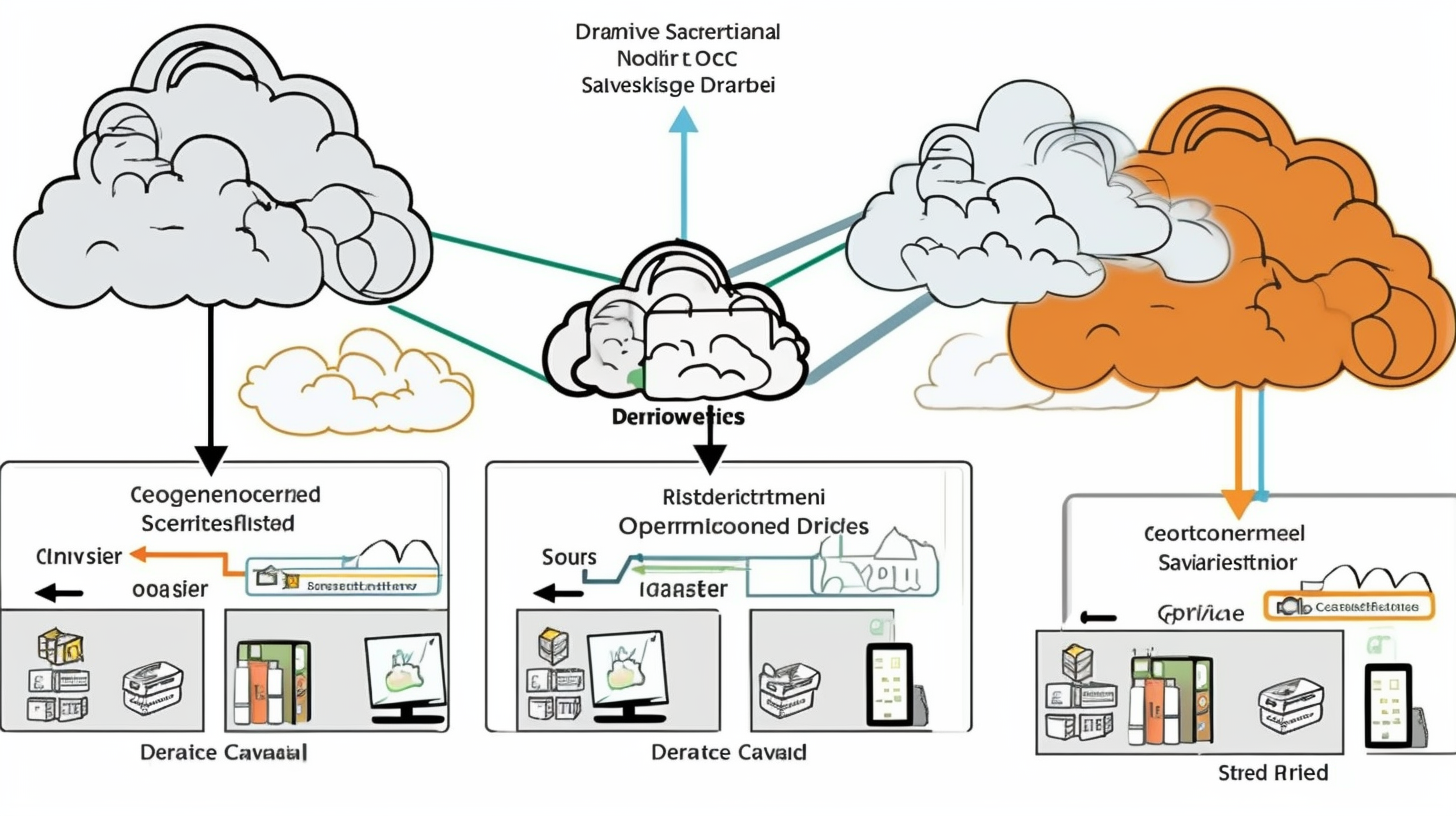Comparing AWS Pricing Models: On-Demand Instances, Reserved Instances, and Spot Instances

Amazon Web Services (AWS) offers a robust suite of pricing models to help organizations optimize their cloud costs: On-Demand Instances, Reserved Instances, and Spot Instances. With a plethora of options, choosing the right pricing model can be bewildering. This article will demystify these models, compare and contrast their features, and identify scenarios where each fits best. Additionally, we will delve into the flexibility of Reserved Instances and their behavior within AWS Organizations.
Understanding AWS On-Demand Instances
On-Demand Instances are the cornerstone of AWS's pricing models. They allow users to pay for compute capacity by the hour (or by the second), with no long-term commitments or upfront payments. This model is akin to renting a car on a daily basis: you pay for what you use without any strings attached. It's ideal for applications with unpredictable workloads or spiky traffic patterns. Startups often gravitate towards On-Demand Instances due to their flexibility. When traffic surges unexpectedly, these instances can be scaled up instantly. However, this flexibility comes at a premium, often resulting in higher costs compared to other pricing models.
Evaluating AWS Reserved Instances
Reserved Instances (RIs) provide a more cost-effective solution for predictable workloads. By committing to a one-year or three-year term, users can achieve substantial savings—sometimes up to 75% compared to On-Demand pricing. There are three types of RIs: Standard RIs, Convertible RIs, and Scheduled RIs. Standard RIs offer the highest discount and are best for steady-state usage. Convertible RIs allow for changes to the instance type, operating system, or tenancy, providing more operational flexibility. Scheduled RIs, on the other hand, enable capacity reservations for specific time windows. This flexibility makes RIs particularly appealing for applications with stable, predictable usage patterns.
Moreover, within AWS Organizations—a service that helps manage multiple AWS accounts under a single umbrella—Reserved Instances offer consolidated billing. This means that RIs purchased in one account can be utilized by another account within the organization, maximizing savings and resource utilization. For enterprises with multiple AWS accounts, this feature is a game-changer, as it simplifies cost management considerably while ensuring optimal resource allocation.
The Allure of AWS Spot Instances
Spot Instances provide an entirely different pricing paradigm. These instances enable users to bid for spare Amazon EC2 capacity and can be up to 90% cheaper than On-Demand Instances. It's like booking a last-minute vacation deal—you get fantastic discounts, but you must be prepared for the possibility of disruption. Spot Instances are perfect for fault-tolerant and flexible applications, such as big data analytics, batch processing, and rendering tasks. One key caveat is that AWS can reclaim these instances with just a two-minute warning, so applications must be designed to handle interruptions gracefully.
Comparative Analysis
In a nutshell, choosing the right AWS pricing model boils down to understanding your application's workload and cost-management requirements. On-Demand Instances offer unparalleled flexibility but at a higher cost. They’re perfect for unpredictable workloads, development environments, and short-term projects. Reserved Instances, with their significant discounts, are ideal for long-term, steady-state applications and enterprises using AWS Organizations, wherein RIs can be shared across multiple accounts. Spot Instances, with their rock-bottom pricing, cater to cost-sensitive applications that can tolerate interruptions.
Two Use Cases with Real-World Statistics
Let’s consider Company A, a fast-growing startup that specializes in e-commerce. During Black Friday and Cyber Monday, their website experiences a 200% spike in traffic. To manage this surge, they rely on On-Demand Instances, providing the agility to scale up and down as needed. On the flip side, Company B, a healthcare provider, runs a steady-state electronic medical record (EMR) system. They benefit significantly from Reserved Instances, saving approximately 65% over a three-year term compared to On-Demand pricing. With AWS Organizations, they’ve set up multiple accounts for different departments but manage costs centrally, utilizing Reserved Instances across these accounts.
Diving Deeper into Reserved Instances' Flexibility
Reserved Instances aren't as rigid as they sound. Convertible RIs allow changes to the instance family, operating system, and tenancy. This flexibility is crucial for organizations that anticipate growth or changes in their computing needs over time. Additionally, AWS offers an RI marketplace where users can buy and sell unused Reserved Instances. This secondary market adds another layer of flexibility, enabling even more cost optimization.
Spot Instances: A Paradigm of Efficiency
While Spot Instances offer the most significant discounts, they demand a strategic approach to application design. For instance, organizations using Amazon EMR for big data analytics frequently opt for Spot Instances. By taking advantage of the EC2 Auto Scaling groups to automatically replace interrupted Spot Instances, they maintain their data processing workflows without incurring high costs. As an example, Company C, specializing in genomics research, employs AWS Spot Instances to run complex DNA sequencing tasks. Their cost savings are impressive: Spot Instances reduce their compute expenses by nearly 80%, allowing them to reallocate budget to other critical areas like research and development.
Consolidated Billing and RIs in AWS Organizations
Consolidated billing within AWS Organizations is a boon for enterprises with multiple AWS accounts. Imagine Company D, an international conglomerate with diverse business units. By leveraging consolidated billing, they pool their Reserved Instances across accounts, ensuring that no purchased RI goes underutilized. This setup not only simplifies financial management but also maximizes their ROI on Reserved Instances.
In conclusion, AWS offers a rich tapestry of pricing models that cater to various use cases and budgetary constraints. On-Demand Instances are perfect for unpredictable, spiky workloads; Reserved Instances provide substantial savings for stable, predictable applications; and Spot Instances offer unmatched cost reductions for fault-tolerant workloads. Understanding the nuances and strategic applications of these models can lead to optimized performance and significant cost savings. So, whether you're a startup navigating uncertain waters or an established enterprise looking to streamline costs, there's an AWS pricing model tailored just for you.